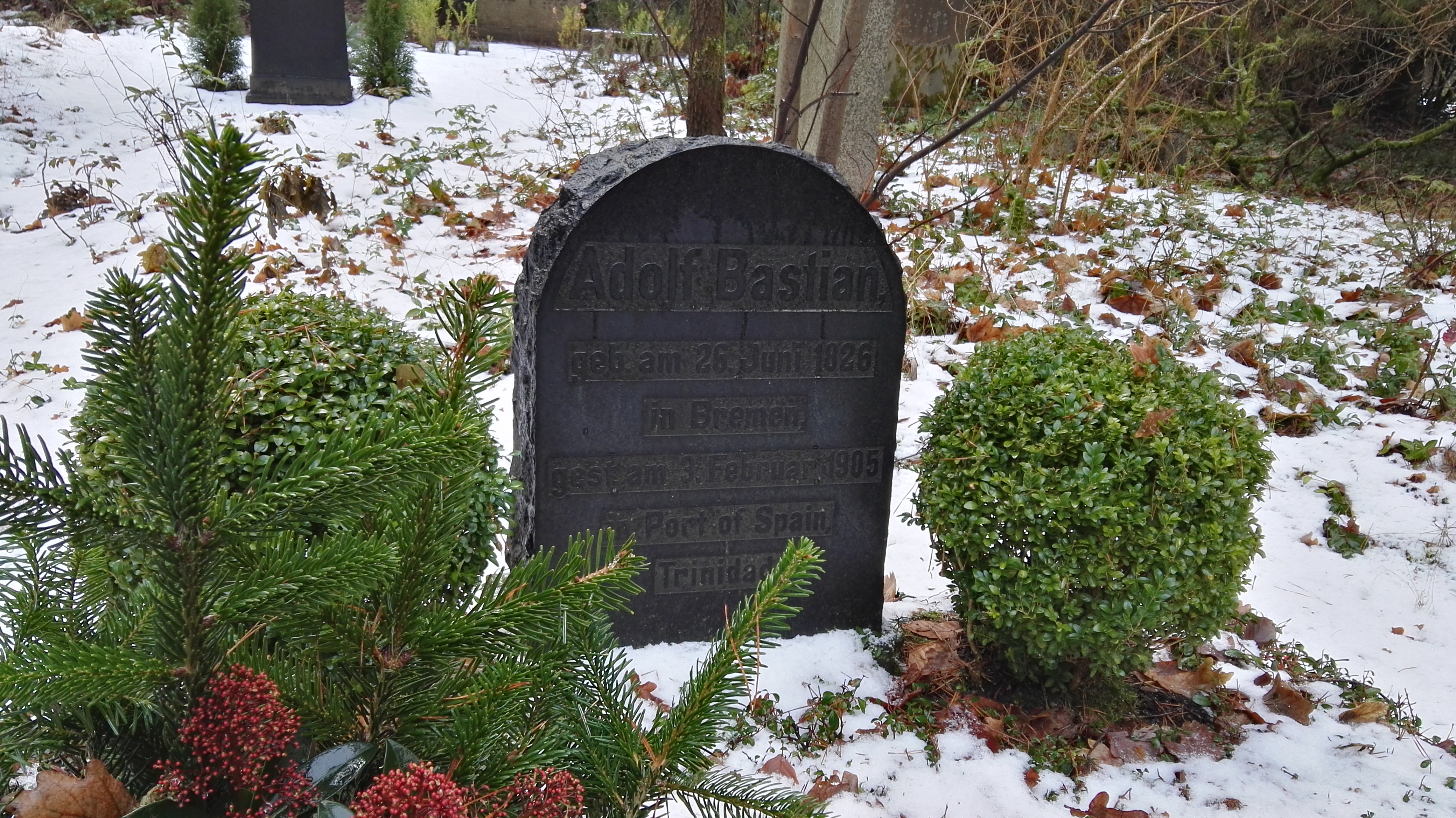|
Rugievit
Rugiaevit, Rugievit () or Ruyevit is a god of the Slavic Rani worshipped on Rügen, mentioned in only two sources: '' Gesta Danorum'' and in '' Knýtlinga saga''. His temple, along with those of Porevit and Porenut, was located in the gord of Charenza, probably today's Garz. The statue of him had seven faces, seven swords at his belt and an eighth one in his hand. Under his lips was a nest of swallows. Mostly associated with the sphere of war, but also sexual. "Private", from the point of view of rulers, cult of Rugiaevit competed with the "public" and theocratic cult of Svetovit of Arkona. Sources The first source to mention Rugiaevit is the '' Gesta Danorum'' by Saxo Grammaticus. Saxo describes when, after Arkona was captured by the Danish king Valdemar I, its inhabitants made an agreement with him, which encourages the inhabitants of Charenza to make a similar agreement and surrender the city without a fight. Saxo describes how the stronghold had three temples ded ... [...More Info...] [...Related Items...] OR: [Wikipedia] [Google] [Baidu] |
Rani (Slavic Tribe)
The Rani or Rujani (german: Ranen, ''Rujanen'') were a West Slavic tribe based on the island of Rugia (Rügen) and the southwestern mainland across the Strelasund in what is today northeastern Germany. The Rani tribe emerged after the Slavic settlement of the region in the ninth century,Ole Harck, Christian Lübke, Zwischen Reric und Bornhöved: Die Beziehungen zwischen den Dänen und ihren slawischen Nachbarn vom 9. Bis ins 13. Jahrhundert: Beiträge einer internationalen Konferenz, Leipzig, 4.-6. Dezember 1997, Franz Steiner Verlag, 2001, p.15, and ranked among the most powerful of several small Slav tribes between the Elbe and lower Vistula rivers before the thirteenth century. They were among the last tribes to hold to Slavic paganism, and the influence of their religious center at Arkona reached far beyond their tribal borders. In 1168, the Rani were defeated by King Valdemar I of Denmark, and his adviser Absalon, Bishop of Roskilde, resulting in the conversion of ... [...More Info...] [...Related Items...] OR: [Wikipedia] [Google] [Baidu] |
Charenza
Charenza, also Karentia or Karenz, later also Gharense, was a medieval ''Slavic burgwall'' on the island of Rügen in the Baltic Sea. It was the administrative centre of the Rani tribe and of the Principality of Rugia. Today, the remnants are called Venz Castle (German: ''Venzer Burgwall''). Name The name Charenza (also spelt ''Karentia'' or ''Karenz'') may be derived from an old personal name, ''Chareta'', or from the Rani word for "root", ''Koreta''. In its original form, the name was Korenitsa. Temples Charenza was not only the administrative hub of the Rani tribe, but also a religious centre with the temples of Rugievit, Porevit and Porenut. The main religious centre of the Rani, however, was Arkona on Wittow. Danish conquest In 1168, King Valdemar I of Denmark and his archbishop Absalon captured Arkona. Charenza surrendered a few days later after negotiations with the Rugian princes Tetzlav and Jaromar I. The temples were destroyed, the princes agreed to become D ... [...More Info...] [...Related Items...] OR: [Wikipedia] [Google] [Baidu] |
Absalon
Absalon (21 March 1201) was a Danish statesman and prelate of the Catholic Church who served as the bishop of Roskilde from 1158 to 1192 and archbishop of Lund List of (arch)bishops of Lund. Until the Danish Reformation the centre of a great Latin (arch)bishopric, Lund has been in Sweden since the Treaty of Roskilde in 1658. The Diocese of Lund is now one of thirteen in the Church of Sweden. Cathol ... from 1178 until his death. He was the foremost politician and church father of Denmark in the second half of the 12th century, and was the closest advisor of King Valdemar I of Denmark. He was a key figure in the Danish policies of territorial expansion in the Baltic Sea, Europeanization in close relationship with the Holy See, and reform in the relation between the Church and the public. He combined the ideals of Gregorian Reform with loyal support of a strong monarchical power. Absalon was born into the powerful ''Hvide'' clan, and owned great land possessions. He endowe ... [...More Info...] [...Related Items...] OR: [Wikipedia] [Google] [Baidu] |
Adolf Bastian
Adolf Philipp Wilhelm Bastian (26 June 18262 February 1905) was a 19th-century polymath best remembered for his contributions to the development of ethnography and the development of anthropology as a discipline. Modern psychology owes him a great debt, because of his theory of the ''Elementargedanke'', which led to Carl Jung's development of the theory of ''archetypes''. His ideas had a formative influence on the "father of American anthropology" Franz Boas, and he also influenced the thought of comparative mythologist Joseph Campbell. Life Bastian was born in Bremen, at the time a state of the German Confederation, into a prosperous bourgeois German family of merchants. His career at university was broad almost to the point of being eccentric. He studied law at the Ruprecht Karl University of Heidelberg, and biology at what is today Humboldt University of Berlin, the Friedrich Schiller University of Jena, and the University of Würzburg. It was at this last university that he a ... [...More Info...] [...Related Items...] OR: [Wikipedia] [Google] [Baidu] |
Bulgarian Language
Bulgarian (, ; bg, label=none, български, bălgarski, ) is an Eastern South Slavic language spoken in Southeastern Europe, primarily in Bulgaria. It is the language of the Bulgarians. Along with the closely related Macedonian language (collectively forming the East South Slavic languages), it is a member of the Balkan sprachbund and South Slavic dialect continuum of the Indo-European language family. The two languages have several characteristics that set them apart from all other Slavic languages, including the elimination of case declension, the development of a suffixed definite article, and the lack of a verb infinitive. They retain and have further developed the Proto-Slavic verb system (albeit analytically). One such major development is the innovation of evidential verb forms to encode for the source of information: witnessed, inferred, or reported. It is the official language of Bulgaria, and since 2007 has been among the official languages of the Eur ... [...More Info...] [...Related Items...] OR: [Wikipedia] [Google] [Baidu] |
Estrous Cycle
The estrous cycle (, originally ) is the set of recurring physiological changes that are induced by reproductive hormones in most mammalian therian females. Estrous cycles start after sexual maturity in females and are interrupted by anestrous phases, otherwise known as "rest" phases, or by pregnancies. Typically, estrous cycles repeat until death. These cycles are widely variable in duration and frequency depending on the species.Bronson, F. H., 1989. Mammalian Reproductive Biology. University of Chicago Press, Chicago, IL, USA. Some animals may display bloody vaginal discharge, often mistaken for menstruation. Many mammals used in commercial agriculture, such as cattle and sheep, may have their estrous cycles artificially controlled with hormonal medications for optimum productivity. The male equivalent, seen primarily in ruminants, is called rut. Differences from the menstrual cycle Mammals share the same reproductive system, including the regulatory hypothalamic system t ... [...More Info...] [...Related Items...] OR: [Wikipedia] [Google] [Baidu] |
Old Russian
Old East Slavic (traditionally also Old Russian; be, старажытнаруская мова; russian: древнерусский язык; uk, давньоруська мова) was a language used during the 9th–15th centuries by East Slavs in Kievan Rus' and its successor states, from which the Belarusian, Russian, Rusyn, and Ukrainian languages later evolved. Terminology The name of the language is known as ''Old East Slavic'', in reference to the modern family of East Slavic languages. Its original speakers were the Slavic tribes inhabiting territories of today's Belarus, the western edge of Russia, and western and central Ukraine. However, the term ''Old East Slavic'' is not universally applied. The language is traditionally also known as ''Old Russian'', (; russian: древнерусский язык, translit=drevnerusskij jazyk), however the term has been described as a misnomer, because the initial stages of the language which it denotes predate the dialecta ... [...More Info...] [...Related Items...] OR: [Wikipedia] [Google] [Baidu] |
Czech Language
Czech (; Czech ), historically also Bohemian (; ''lingua Bohemica'' in Latin), is a West Slavic language of the Czech–Slovak group, written in Latin script. Spoken by over 10 million people, it serves as the official language of the Czech Republic. Czech is closely related to Slovak, to the point of high mutual intelligibility, as well as to Polish to a lesser degree. Czech is a fusional language with a rich system of morphology and relatively flexible word order. Its vocabulary has been extensively influenced by Latin and German. The Czech–Slovak group developed within West Slavic in the high medieval period, and the standardization of Czech and Slovak within the Czech–Slovak dialect continuum emerged in the early modern period. In the later 18th to mid-19th century, the modern written standard became codified in the context of the Czech National Revival. The main non-standard variety, known as Common Czech, is based on the vernacular of Prague, but is now spoken as an ... [...More Info...] [...Related Items...] OR: [Wikipedia] [Google] [Baidu] |
Yarovit
Yarovit, Iarovit (or Yerovit, Ierovit) is a Polabian god of war, worshipped in Vologošč ( Circipanians) and Hobolin ( Hobolians; modern Havelberg). Sources give only a brief description of his cult, his main temple was located in Vologošč, where there was a golden shield belonging to Yarovit. By one Christian monk he was identified with the Roman Mars. Etymology In Latin records, this theonym is noted as and . These notations should be read as ''Yarovit'', since in Latin German texts the Slavic element ''jar-'' is sometimes written as ⟨ger-⟩ or ⟨her-⟩ ( = Slavic ''Jarišov'', = Slavic ''Jeruš'', = Slavic ''Jarogněv'' etc.). The notation by ⟨h⟩ is the result of changing the grapheme ⟨g⟩ → ⟨gh⟩ → ⟨h⟩ due to matching Polish pronunciation with German writing. The Old Polabian form is reconstructed as ''*Jerovit''. Scholars connect the root ''jar-'' with the Proto-Slavic adjective ''*jarъ(jь)'' "vigorous, strong" ( dated "vigorous", "impu ... [...More Info...] [...Related Items...] OR: [Wikipedia] [Google] [Baidu] |
Serbo-Croatian
Serbo-Croatian () – also called Serbo-Croat (), Serbo-Croat-Bosnian (SCB), Bosnian-Croatian-Serbian (BCS), and Bosnian-Croatian-Montenegrin-Serbian (BCMS) – is a South Slavic language and the primary language of Serbia, Croatia, Bosnia and Herzegovina, and Montenegro. It is a pluricentric language with four mutually intelligible standard varieties, namely Serbian, Croatian, Bosnian, and Montenegrin. South Slavic languages historically formed a continuum. The turbulent history of the area, particularly due to expansion of the Ottoman Empire, resulted in a patchwork of dialectal and religious differences. Due to population migrations, Shtokavian became the most widespread dialect in the western Balkans, intruding westwards into the area previously occupied by Chakavian and Kajkavian (which further blend into Slovenian in the northwest). Bosniaks, Croats and Serbs differ in religion and were historically often part of different cultural circles, although a large part o ... [...More Info...] [...Related Items...] OR: [Wikipedia] [Google] [Baidu] |
Lubor Niederle
Lubor Niederle (September 20, 1865 – June 14, 1944) was a Czech archeologist, anthropologist and ethnographer. He is seen as one of the founders of modern archeology in Czech lands. He was born in Klatovy. He studied at the Charles University in Prague from 1883 to 1887. He was initially interested in classical archaeology, then studied anthropology, sociology and ethnology. Later, he studied in Munich under professor Johannes Rank (1889) and in Paris under professor Léonce Manouvriere at the École d’anthropologie. Niederle also travelled in several Slavic countries, studying archaeological findings and historical documents. In 1898 Niederle was named professor at the Charles University. As archaeologist he had represented the "university school" (''univerzitní škola''), opposed to the "museum school" (''muzejní škola'') represented by archaeologist Josef Ladislav Píč. During 1907–08 Niederle served as a dean of Faculty of Philosophy, during 1908–09 as a vice-de ... [...More Info...] [...Related Items...] OR: [Wikipedia] [Google] [Baidu] |





